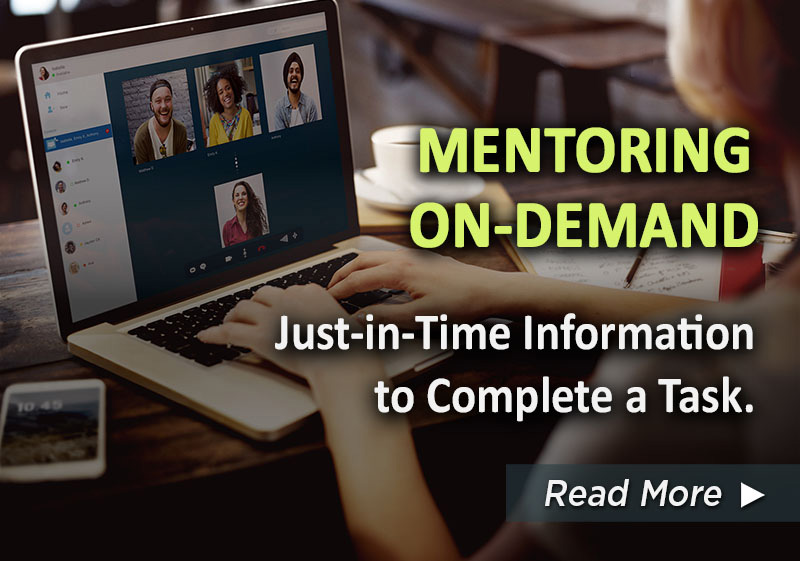Share the Smart Stuff in People’s Heads
More than a decade ago, well before the advent of online communities and digital collaboration tools, I led a research endeavor at UC San Diego expressly aimed at identifying how knowledge was being transferred in the workplace. My team interviewed more than 150 working managers representing 45+ science and technology companies headquartered in the state of California.
We expected to find software prompting workers to share the meaningful knowledge lodged in their heads. However, we found something quite different. We discovered that “people go to people, not systems.”
In simple terms, we found that one worker needed another person to tell the story of why a particular piece of information was important. For those of us working on the research, the discovery was profound. The ability to interpret, analyze and understand the relevancy of the data (and in the context of the situation) was a determining factor in translating information into knowledge. And, once translated, the most critical aspect of effectively and efficiently applying it.
Knowing that people prefer people, you may want to look at a collection of collaboration-based tools encouraging workers to seek each other out in order to build their knowledge repositories. Start with one or two programs. When people become familiar with one application, then introduce another as a way to expand the knowledge sharing menu. This approach alleviates users from feeling overwhelmed.

For example, you can start with a video learning library (a la YouTube style) where subject matter experts – from the C Suite down – can share important stories on timely and relevant topics.
This approach can promote a sense of personal dialogue and exchange (thus the reference to YouTube, where one is less likely to see a heavily scripted or choreographed production).
Once your video library is in place, consider adopting expert directories. Instead of simply listing basic employee info, include fields for subject areas of expertise, work related achievements and current projects underway. Since many professionals already keep their Facebook and LinkedIn accounts up-to-date, they are likely to ensure their company profiles are managed, as well. By and large, today’s workforce knows that their immediate reputation can be impacted by what does – or does not – get posted, making engagement a practical incentive.
The act of contributing via a blog or microblog (short posts) invites individuals to add expertise, commentary or context on a topic. It also allows for questions to be asked in a group forum as well as for team members to provide input on a project. When blogs are posted specifically for a department, or unique endeavor, a dedicated online community of practice is created. Blogs can be archived allowing others to access over time. This equates to less reinvention – a boon for any organization. Like videos, blogs can promote pertinent storytelling which is essential to an overall strategy of transforming the tacit (non-verbalized or unwritten knowledge residing in a person’s head) to explicit or codified (verbalized and socialized throughout a work group).
Bottom line? Some of the most innovative collaboration tools include video libraries, blogging, expert directories, newsletters, dedicated communities of practice, and more. But, before selecting any application, think first about how your staff currently transfers tribal knowledge. In other words, what do your people go to others about, and how? Knowing that may help you identify the first types of tools to adopt.
Victoria Tucker
Victoria Tucker is the Chief Dreamer at ZBglobal, where she lends her 30+ years of experience on pivotal topics like workforce collaboration, engagement, mentoring and project management. She also plays ukulele…but not very well. Reach out to her!







